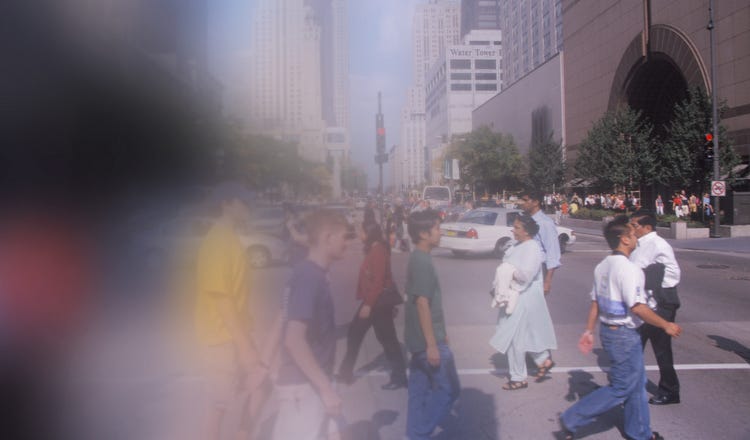Is It Wrong to Cure Blindness?

(Photos by Joe Sohm via Getty Images/ The Free Press)
MrBeast’s act of kindness exposed one of the big debates roiling the medical profession: should disabilities be fixed—or celebrated?
139
Dr. Jeff Levenson first noticed the problem back in 2009 when he was biking to work in the dark hours of the morning. The glare from the headlights of approaching cars dazzled his eyes to the point he couldn’t see.
Then, a few weeks later, he looked across the kitchen table to glance at his wife, who sat less than six feet away. All he could make out was…
Continue Reading The Free Press
To support our journalism, and unlock all of our investigative stories and provocative commentary about the world as it actually is, subscribe below.
$8.33/month
Billed as $100 yearly
$10/month
Billed as $10 monthly
Already have an account?
Sign In

